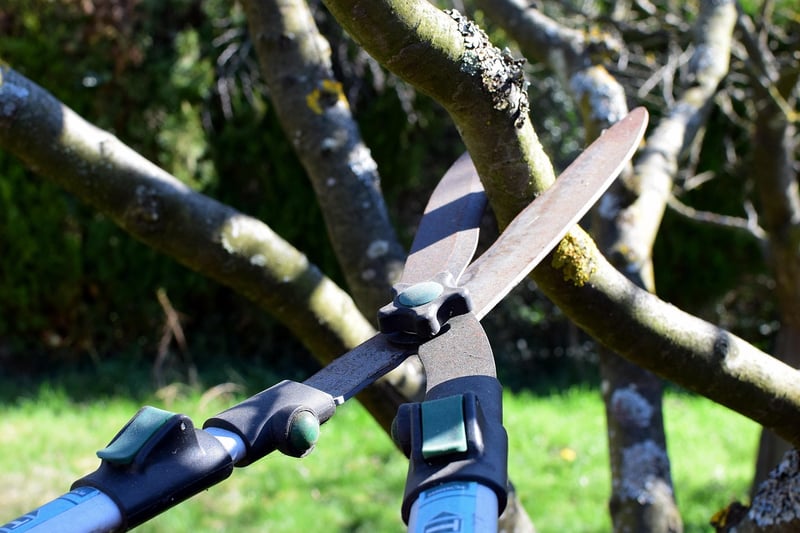Pruning Guidance
Keeping Your Vertical Garden Healthy and Thriving
Vertical gardens are a great way to add greenery to small spaces and create a vibrant atmosphere. To ensure your vertical garden stays healthy and thriving, proper care and maintenance are essential. In addition to regular watering and adequate sunlight, pruning is a key practice to promote growth and maintain the overall health of your plants.
The Importance of Pruning
Pruning is the process of selectively removing parts of a plant to encourage healthier growth. In a vertical garden, pruning helps control the size and shape of the plants, prevents overcrowding, improves air circulation, and encourages the development of new shoots and flowers.
Pruning Guidance for Your Vertical Garden
- Regular Inspection: Check your vertical garden regularly for any signs of overgrowth, dead or yellowing leaves, and pests.
- Use the Right Tools: Invest in a good pair of pruning shears or scissors to make clean cuts without damaging the plants.
- Remove Dead or Diseased Parts: Trim off any dead or diseased leaves, stems, or flowers to prevent the spread of diseases and enhance the overall appearance of your garden.
- Control Growth: Prune back long or leggy branches to encourage bushier growth and maintain the desired shape of your plants.
- Encourage New Growth: Cut back spent flowers or leggy stems to stimulate the growth of new shoots and blooms.
- Timing is Key: Prune your plants during their active growing season for optimal results. Avoid heavy pruning during dormancy.
Visual Guide to Pruning
Below is an illustration to help you understand the basic principles of pruning in your vertical garden:

By following these pruning guidelines and regularly tending to your vertical garden, you can ensure that your plants remain healthy, vibrant, and flourishing in their vertical oasis.
